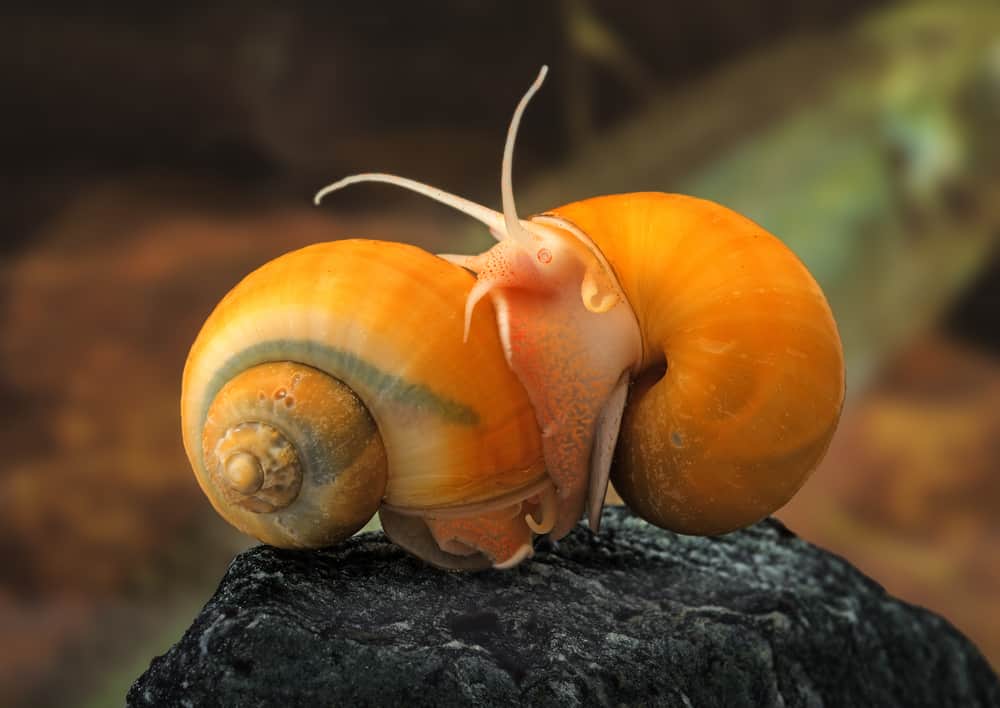
You’ve probably seen your snail inactive and staying still for a long time.
That can happen for many reasons, including changes in water conditions, drowsiness after a big meal, and hibernation.
However, you should also consider the possibility that your snail may have passed.
This could be due to old age, infections or parasites, hunger, bad water parameters, sudden temperature fluctuations, or a broken shell.
To find out if your snail is dead or alive, you should look out for some tell-tale signs.
How to Tell If a Snail Is Dead
When a living organism dies, its body starts to decay, releasing a lot of ammonia.
A snail’s body usually decays and decomposes more quickly than other animals and causes an ammonia spike in your tank.
The tank’s filters and plants can’t get rid of that much ammonia that fast.
Since ammonia is highly toxic to aquatic creatures, other snails and fish may start dying and causing a domino effect.
This is why you should determine if a snail is dead and remove it from the tank as soon as possible.
There are five easy ways to do this.
1. Check for the Obvious Signs
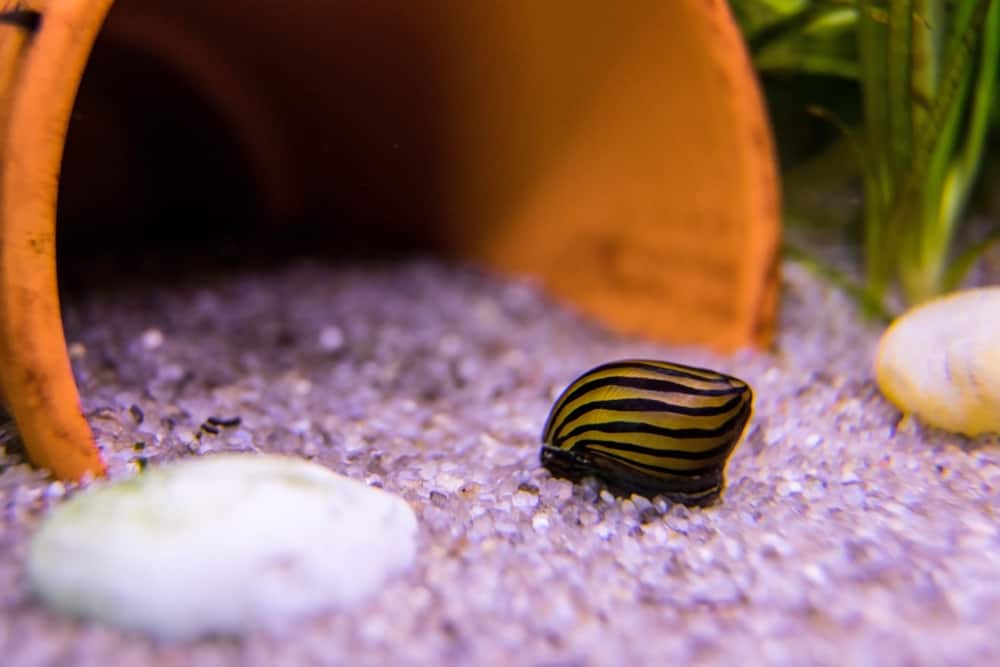
First of all, check to see if your snail is attached to the filter, decorations, or glass.
If so, leave it be because a dead snail can’t stick to the surface.
Its shell will fall and lie upside down.
Second, see if the body is falling out of the shell and dangling freely.
If so, pick it up, and if it still doesn’t move, it’s dead.
Usually, when a snail dies, its body shrinks into the shell and slowly decomposes.
The shell will be dull and weightless.
Examine the shell, and if you find it empty or if the body falls out of it, the snail has passed.
Check for a crushed shell.
If you notice one, the snail probably didn’t survive.
2. Smell the Shell
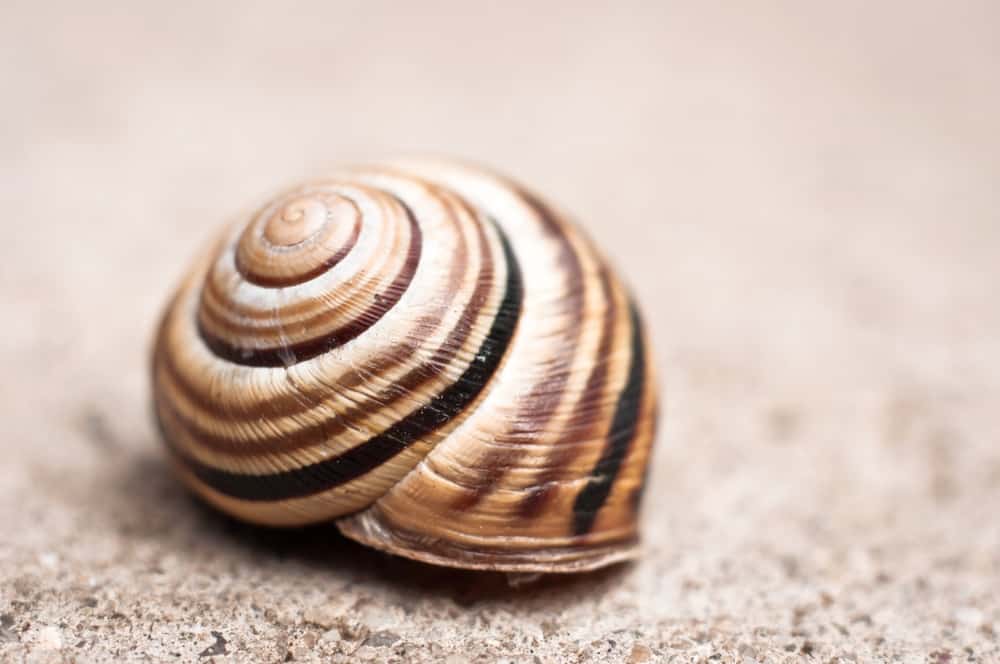
All creatures start to smell really bad after they die, and water snails are no exception.
If it’s been 24 hours since your snail has passed, it’ll start smelling awful!
This is an odor you can’t mistake for anything else.
Remember to wear a glove when doing the smell test because getting the smell off your hands will be hard.
3. Check the Trapdoor
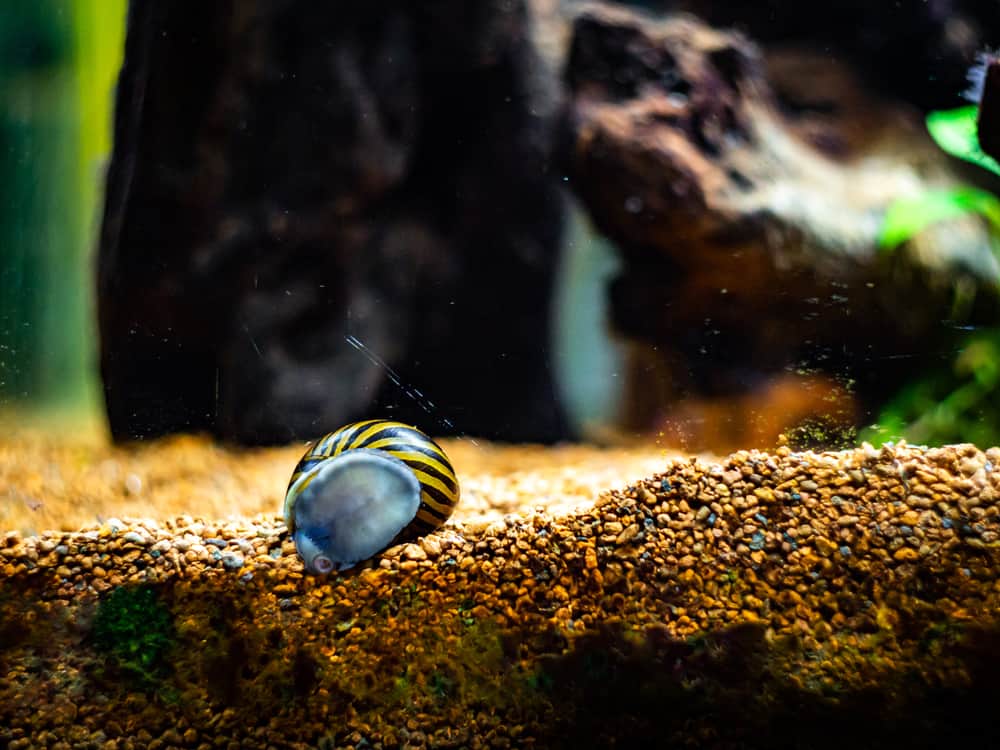
Some freshwater snails like the Pond snails or Bladder snails don’t have trapdoors, but most do.
If a snail is alive, the trap door will stay shut, but it’ll easily open if it’s dead.
Carefully pull on the trapdoor a bit. If you feel your snail resisting, it’s still alive.
4. Check for Reactions
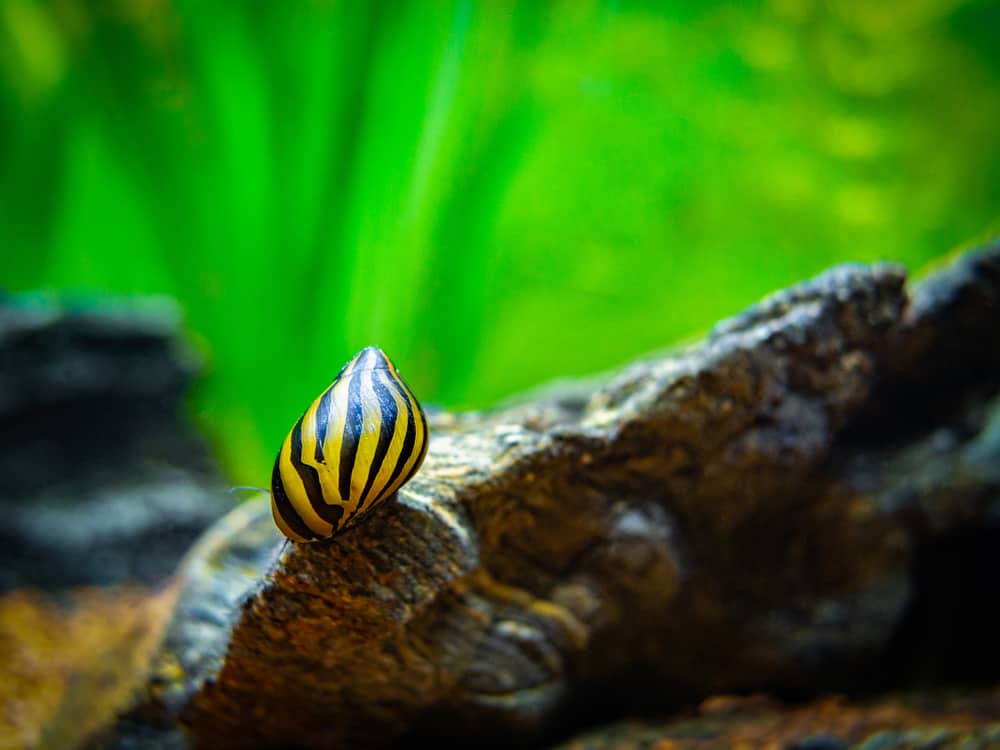
If your snail hasn’t been moving for long, you can gently tap on its shell a couple of times.
If you don’t get a reaction, tickle its belly.
If it retracts its body back into its shell, there’s nothing to worry about.
If not, it’s probably dead.
5. Do the Light Test
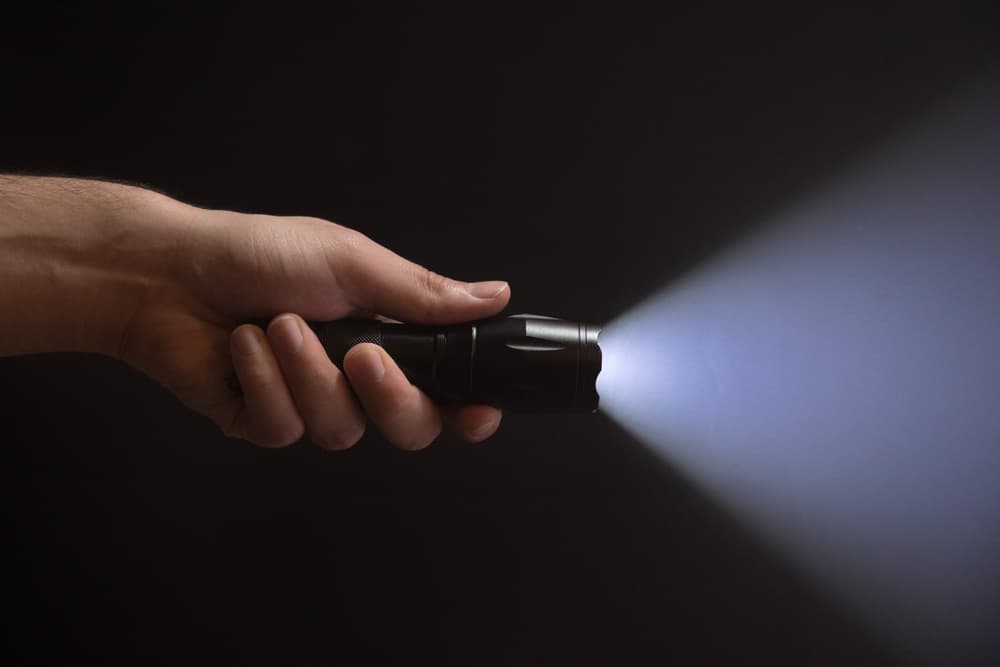
Holding a snail against a light bulb or flashlight lets you see what’s inside the shell.
If you see the body has shrunk and a lot of the shell is empty, your snail is no longer alive.
What to Do If You’re Still Not Sure

1. Remove the Snail from the Aquarium
If you suspect your snail is dead, but you’re still not sure, put it in another tank, bowl, or container with the aquarium water.
Make sure the water’s parameters are optimal.
If your snail is alive, it may come out of its shell to explore the new environment.
Even if it doesn’t, you still benefit since the main tank won’t get polluted.
Keep checking up on it and smelling it until you’re absolutely sure.
2. Check the Living Conditions
Snails are susceptible to ammonia or nitrite spikes in the tank.
They’re also sensitive to sudden pH and temperature changes.
Be sure to check all the water parameters.
Also, check if your snail has enough food to eat.
Some aquatic snails like Nerite snails only eat algae, and if you have other algae-eating species in the tank, there could be a shortage in the tank.
Keep an eye on the fish’s behavior, too.
Other fish or shrimps may bully your snail, forcing it to hide in its shell longer than usual.
3. Help the Snail Strengthen Its Shell
Your snail may be feeling weak and vulnerable, thus hiding in its shell.
You can help strengthen its shell with calcium supplements.
A cuttlebone is a great option.
Remember to boil it for a little while so that it sinks to the bottom.
Otherwise, it can float for days.
Other options are calcium blocks and vacation blocks.
4. Give it an Air Bath
Your snail might be hiding because it’s sick.
Sometimes, an air bath can fix the problem.
You can do this in two ways:
- First, dampen a towel, make a nest out of it, and put the snail in the middle. Wait for a while and see if it comes out. If it does, you can let it stay out of the tank for about half an hour.
- Second, dampen a bowl or plate with just a couple of drops of water and put the snail on the cool surface. Let it sit for a while and put it back in the tank.
Air baths are especially effective for snails with fungal infections.
Even if it doesn’t coax your snail out of its shell, it’s worth a try because it can breathe air, and it won’t hurt.
Are Snails Dead If They Float?

Although seeing your snail floating may seem a bit odd, there are various reasons your snail is floating:
- Trapped Air: When snails, especially the ones with lungs, close their shells, a bit of air gets trapped in the shell and lungs, making them go up to the surface of the water like a little balloon. Once they open up their shells, they’ll sink to the bottom again or attach themselves to the glass.
- Traveling Faster: Snails aren’t great swimmers, so they sometimes go up to the surface, store some air in their shells, and float to ride the waves. They usually do this in the wild to avoid danger.
- Poor Water Quality: Snails sometimes float to the surface because of inappropriate water qualities like the temperature, pH levels, ammonia, nitrite, nitrate levels, or even dissolved oxygen levels. Some snails try to climb out of the tank, some go into their shells and stop moving, and some float. Make sure you check the water parameters.
- Hunger: There are usually some pellets, flakes, or films of food floating on the surface, and if you keep your snail starving, it’ll float upside down to eat them. Many people think that all snails eat algae, but for example, Mystery snails aren’t algae eaters, and they need a planned diet.
If you catch your snail floating for a long time, first, rule out the possibility of death.
Once you’re certain it’s still alive, try to find out why it’s floating.
How to Tell If a Snail Is Asleep, Hibernating, or Dead?

Snails are less dependent on sleep.
Plus, their sleep schedule is different from us humans and even from other aquatic animals and fish.
1. How Do Snails Sleep?
Sometimes a sleeping snail can look like a dead one and make you concerned.
Snails can sleep in any position.
They can stick to the glass or decorations and sleep upside down or side-ways.
They can sleep while their shell’s lying on the ground, or even when they’re floating.
2. How Long Do Snails Sleep?
Unlike most fish, snails aren’t diurnal, meaning they don’t sleep at night.
They usually sleep for 13 hours in seven small turns, and they’re active for more than a day straight.
Sometimes, a snail can sleep for two or three days straight.
For instance, Assassin snails can eat their prey and remain inactive for a couple of days until they get hungry again.
3. Snail Hibernation
Snails go into hibernation mode when the weather gets cold.
This can be triggered in the aquarium if they sense a sudden temperature drop.
They may also experience a state called Aestivation, which is when a snail goes to a long sleep during summertime to hide away from high temperatures that could dry it out.
What to Do with a Dead Snail?
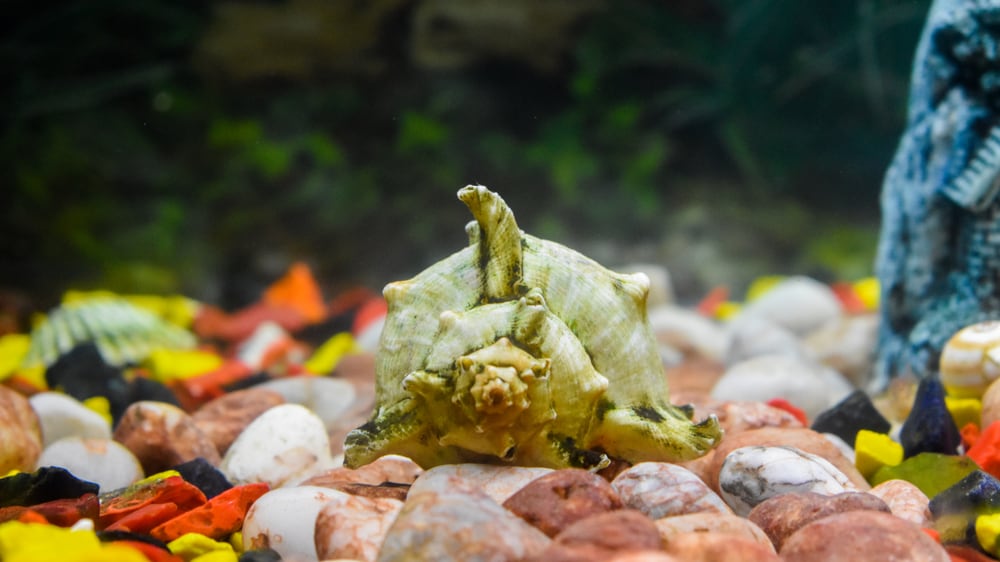
After a snail dies, the first thing you need to do is to remove it and check the water parameters.
If you discover an ammonia spike, do a complete water change over the next few days.
Some hobbyists who have scavengers in their tanks, such as hermit crabs, decide to leave the snail in the tank for them to eat it.
Only do this if you’re sure there are enough crabs to eat the snail in under two days.
Otherwise, that’s not recommended.
After removing the dead snail, you can get rid of its body in several ways:
1. Throw It Away
First of all, never handle a dead snail with your bare hands.
Use a net or scoop to get it out of the tank.
Also, don’t just throw it in the trash can, because the smell will get worse and drive you crazy.
The best way to do this is to put the snail in a zip-lock bag, put the bag in the freezer, and throw it out when it’s time to take out the garbage.
2. Clean Out the Shell
If you want to keep the shell, use a pocket knife to scrape the remains out of the shell and then wash it.
However, some people find this method a bit messy and harsh.
Alternatively, you can put the snail in a zip-lock bag along with some aquarium water and leave it in there for a couple of months.
When you take it out, the body is decayed and gone.
Just wash the shell, and it’s clean.
If the snail has been dead for less than 48 hours, you can boil it for a couple of minutes, shake it, and the body will come out easily.
The smell will disappear, too.
3. Bury the Snail
You can simply wrap the snail in a piece of paper, dig a small hole in your garden, and bury it.
This way, you’ll benefit your plants, too.
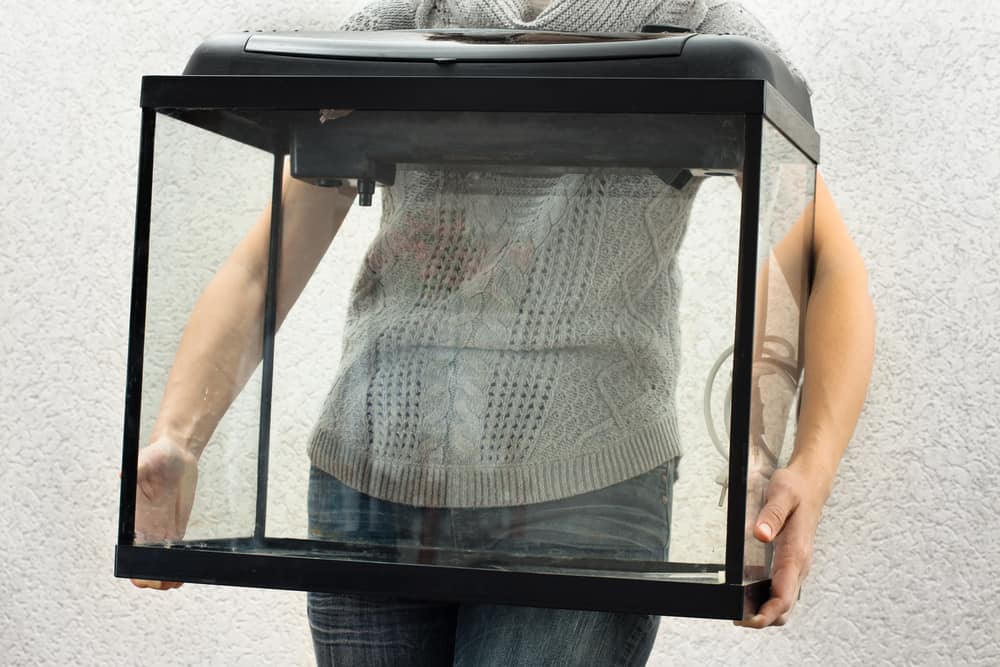

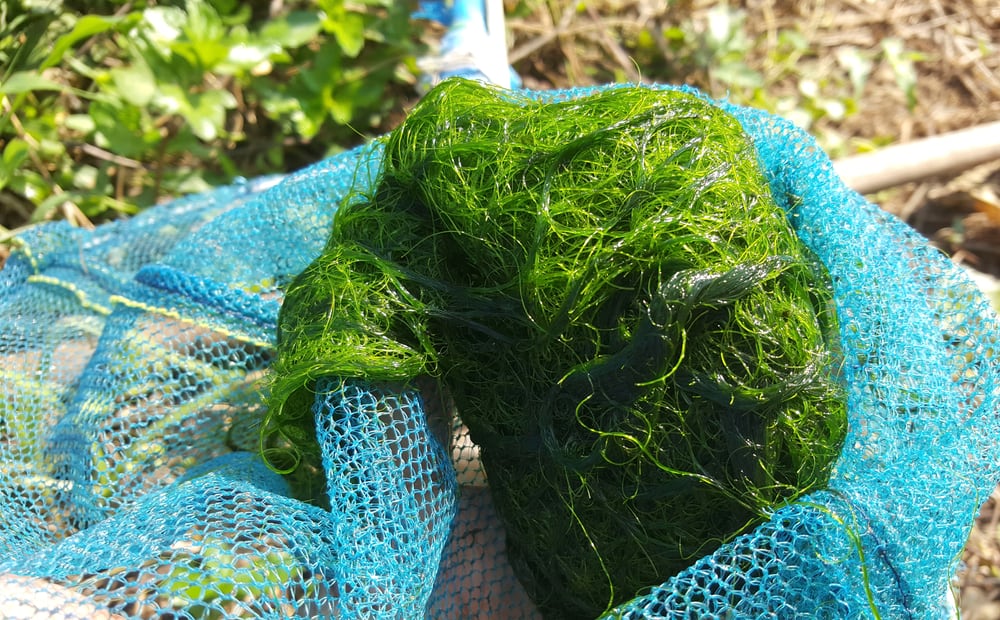
Leave a Reply
You must be logged in to post a comment.